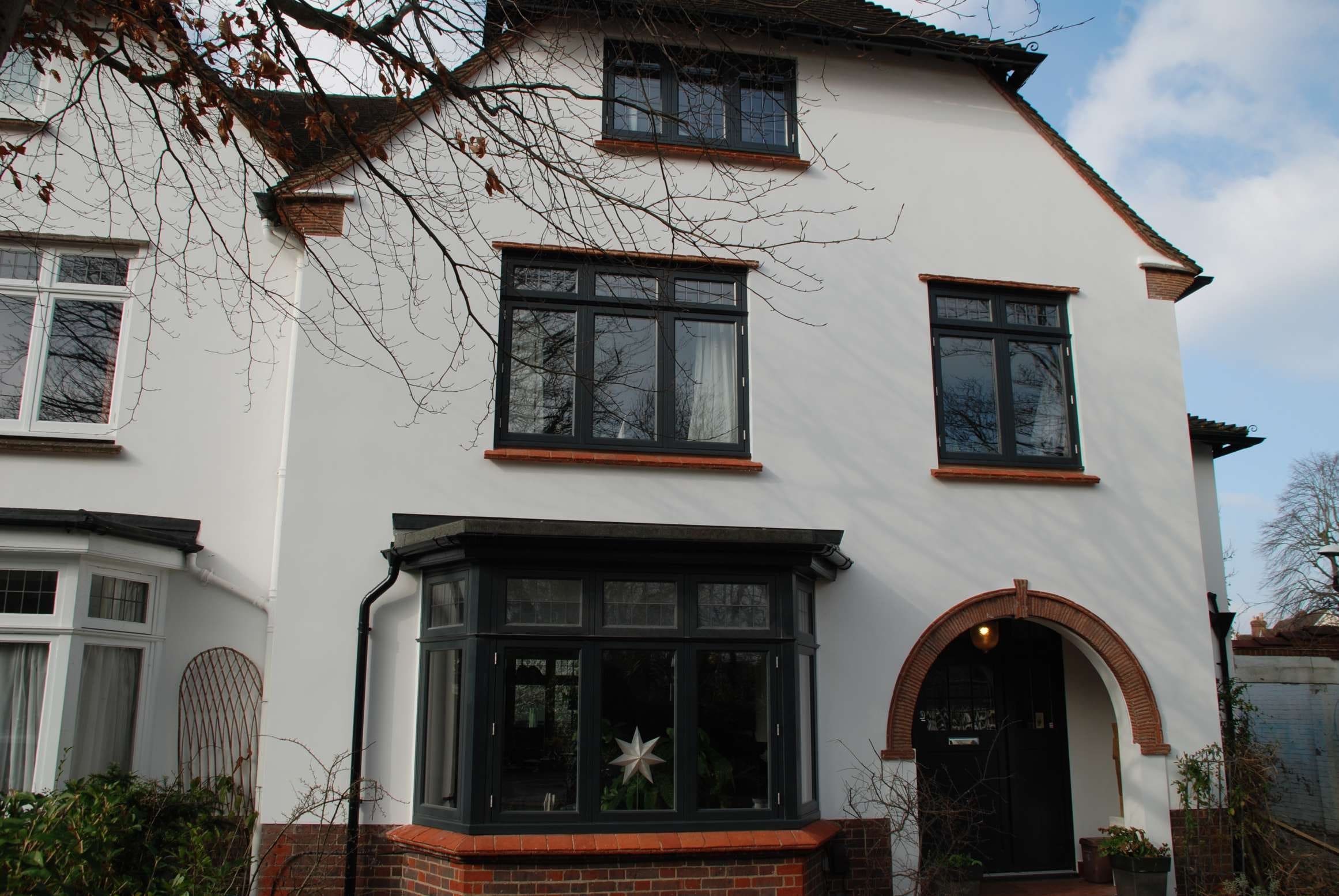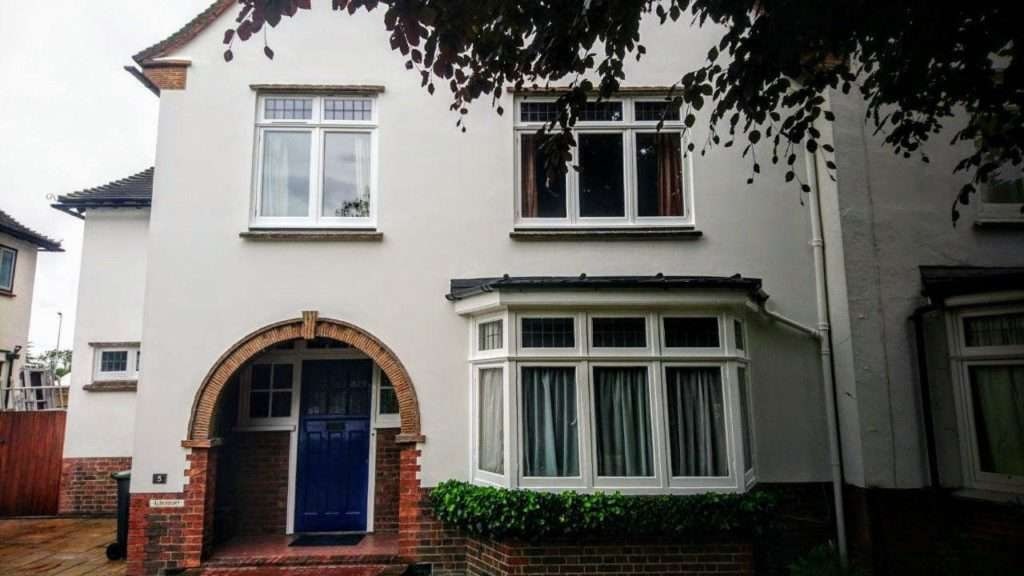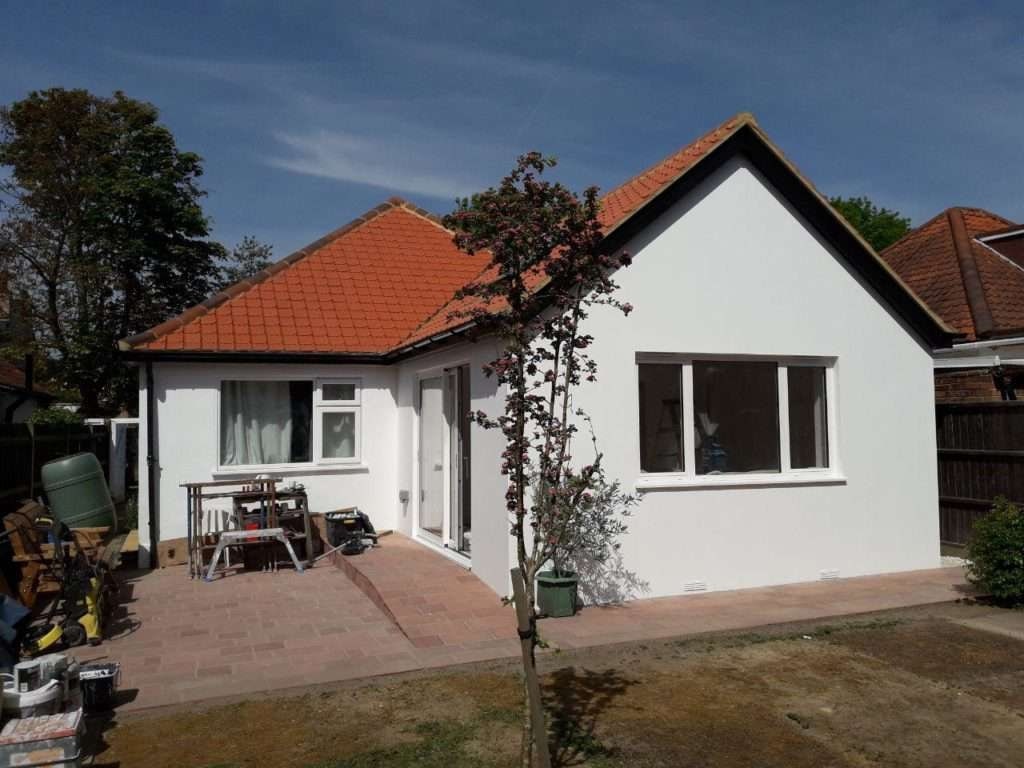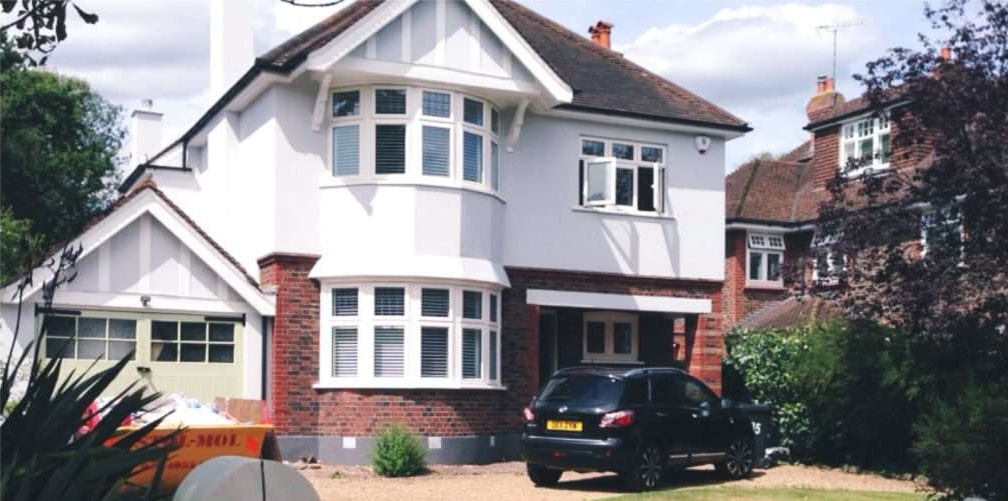TJ House Rendering - Wall Finishing Services External Wall Insulation London
What Is External Wall Insulation?
When it comes to wall insulation in London, a popular question is “is it worth the cost?” Understanding what external wall insulation is can be key to answering this, as home insulation can be off genuine value to your home. Outside wall insulation is specially designed to keep porous building materials and bricks well insulated, as wall coatings bond chemically to the wall’s surface, penetrating it by as much as 17 mm to create an invisible barrier of insulation for the property.
Our wall insulation work uses high quality, cutting edge technology, wall coatings that react with the mineral groups to actively bond to surfaces like brick and concrete. This kind of home insulation helps protect your home against dirt, rain, pollution, oil, algae and other biological hazards.
This kind of external insulation acts as protection for the home’s appearance as well as providing insulation and reducing water absorption by over 95%. Many homeowners report high satisfaction about the results.
External Wall insulation London for Older Properties
When it comes to exterior wall insulation on London properties, homes built before the 1930s tend to have thicker, solid walls without a cavity, allowing homeowners the options of either external wall insulation or interior house insulation. At TJ House Rendering, we are proud to be able to offer external wall insulation using approved solid wall insulation systems, just 100mm of insulation will bring the U-value of your home down to 0.3 W/m2. Our external wall insulation work not only helps to reduce your energy bills by up to 35% or more, the solid wall insulation provides a new protective barrier to the elements, helping to reduce maintenance costs over time.Wall Insulation London: When to Consider It
When you are thinking of getting wall insulation at your London home, consider the following as these things may mean it is the best option:
How does external wall insulation London prevent damp/condensation in the home?
Properties suffer from damp for various reasons, including common ones such as penetrating damp ( e.g. due to driving rain or blocked guttering), rising damp and condensation.
Damp Caused by Condensation
Getting wall insulation in your London home is necessary and advisable, as walls that do not get enough heat or solar radiance may suffer from condensation. With rooms that have a lack of air flow condensation is common due to water vapour build up. At TJ House Rendering, we know that the solution for this damp is house insulation, designed to protect the bricks and keep them warm, meaning the difference between the temperature of the inside and the outside won’t be as extreme.
With this kind of home insulation, your home will also retain more thermal mass as the heating is stored in the fabric of the walls and released back into the room when the heating is turned down. All this leads to a more efficient home heating system.
Damp Caused Penetrating Water
Some properties have problems with guttering and downpipes, meaning that water gets into the walls and damages brick work, in the long term this causes water to penetrate the property.
Even though external wall insulation on your London home will not fix broken gutters and downpipes, all this has to come off the walls for wall insulation anyway for the walls to be insulated, so you will have brand new ones. When walls are stained by water damage, the external wall insulation we do will cover these imperfections as it will be covered by a much more aesthetically pleasing layer of render.
Rising Damp Issues
A common issue, rising damp occurs when moisture travels up from soil into dry brick work, causing wet patches from the ground up, hence the name. Without a decent damp proof course, this will often happen and may become noticeable outside the property as well as inside. Our tip is to do home insulation using an insulant with hygroscopic qualities, such as wood fibre or calcium silicate. This will wick out residual moisture in the masonry over time.
Some of external walls rendering works
What Are The Benefits Of External
Wall Insulation London?
If you are still wondering whether an external wall insulation job at your London property is the best option, take a look at just some of the benefits you will enjoy:
- Saving Money on Heating Costs
- Low Maintenance and Cost Efficient Makeover
- Boosting your Property Value
- Keeping your Home Warmer
- Reducing Indoor Mould and Condensation
- Less Sound Transfer in your Home
- Lower Energy Requirements
- Preventing Frost Damage
External house insulation London: How is it Installed?
If your property has existing render, a render test must be carried out to see if it is strong enough to hold the insulation. If this shows that it is not strong enough, then the existing render will need to be removed prior to attaching the insulation to the brickwork. If the render is strong enough, it can be smoothed out in readiness for the new external wall insulation on your London property, which can be applied directly.
Prior to any external wall insulation being done, removing any pipework from the outside of the building is critical, and they will be reinstalled at the end of the process.
After those preparations, our expert teams at TJ House Rendering will be able to start the process with the following steps followed:
Insulating panels are fixed to the wall using adhesive mortar.
Plastic capped fixings are driven through the insulating panels and around their perimeter into the wall to tie the panels securely to the wall.
Mortar is then applied over the insulating panels and the fixings.
An insulating mesh is then sunk into the mortar to hold the panels in position.
The mortar is sanded and painted with primer to prepare it for the render
The Coloured render finish is applied (available in any colour).
External wall insulation in London:
Different Choices, Different Options
When it comes to wall insulation in London properties, exterior wall or external wall insulation has efficiency aspects, as well as acting as your primary barrier against outdoor noise pollution.
Depending on the type of external wall insulation you choose for your London property, you will enjoy different advantages in terms of cost, sound dampening and thermal insulation, each of which can be considered and balanced for your home insulation project.
Generally, there are three kinds of popular wall insulation types that we use in London, each made for balancing sound barriers and insulation for exterior walls:
Blown-in Fiberglass Insulation
For many wall insulation customers in London, fiberglass is the best option as it is both cost-effective and easy to install, though it does require some retrofitting for installation. It’s a very strong choice for soundproofing, as the loose-packed fibers are excellent for reducing vibration and breaking sound waves.Wet-Spray Cellulose Insulation
Some of our external wall insulation work in London involves the kind called blown-in spray cellulose, which is made up of a combination of recycled materials and flame-resistant chemicals. It is equally effective as a sound barrier and offers greater insulation levels over fiberglass, but comes at a higher price.Open-Cell Spray Foam Insulation
In terms of value for money home insulation in London, spray foam is the best option on this list. However, spray foam is not particularly good for soundproofing, as its rigid nature doesn’t reduce vibrations by much. It is, however, a handy second insulator, because it can be injected into hard-to-reach areas to make a perfect seal!The Signs Your House Is Poorly Insulated
High Energy Bills
Keeping good records of your energy bills is a great way to keep costs down and understand how much wall insulation your London property has, and whether it needs to be improved or upgraded.
Poor External Wall Insulation
This is something that can have a real impact on your energy bills over the years, helping you see if you have any major increases that you can’t explain. Sometimes, heating and cooling costs rise after a home gets older and the insulation in your attics and walls settles and becomes less effective, which is when new, high quality wall insulation can make a lot of difference.
Water Leaks in Winter
Another issue that can arise if you have poor external wall insulation or wall insulation in your home is if you find water leaking in your attic during our rainy winters, or if your windows leak when it rains. Poor wall insulation in London homes doesn’t just let cool air into your home, it also lets in water when it’s really raining hard outside, and any kind of water leaking in is a clear sign of poor insulation and the need for new wall insulation.





